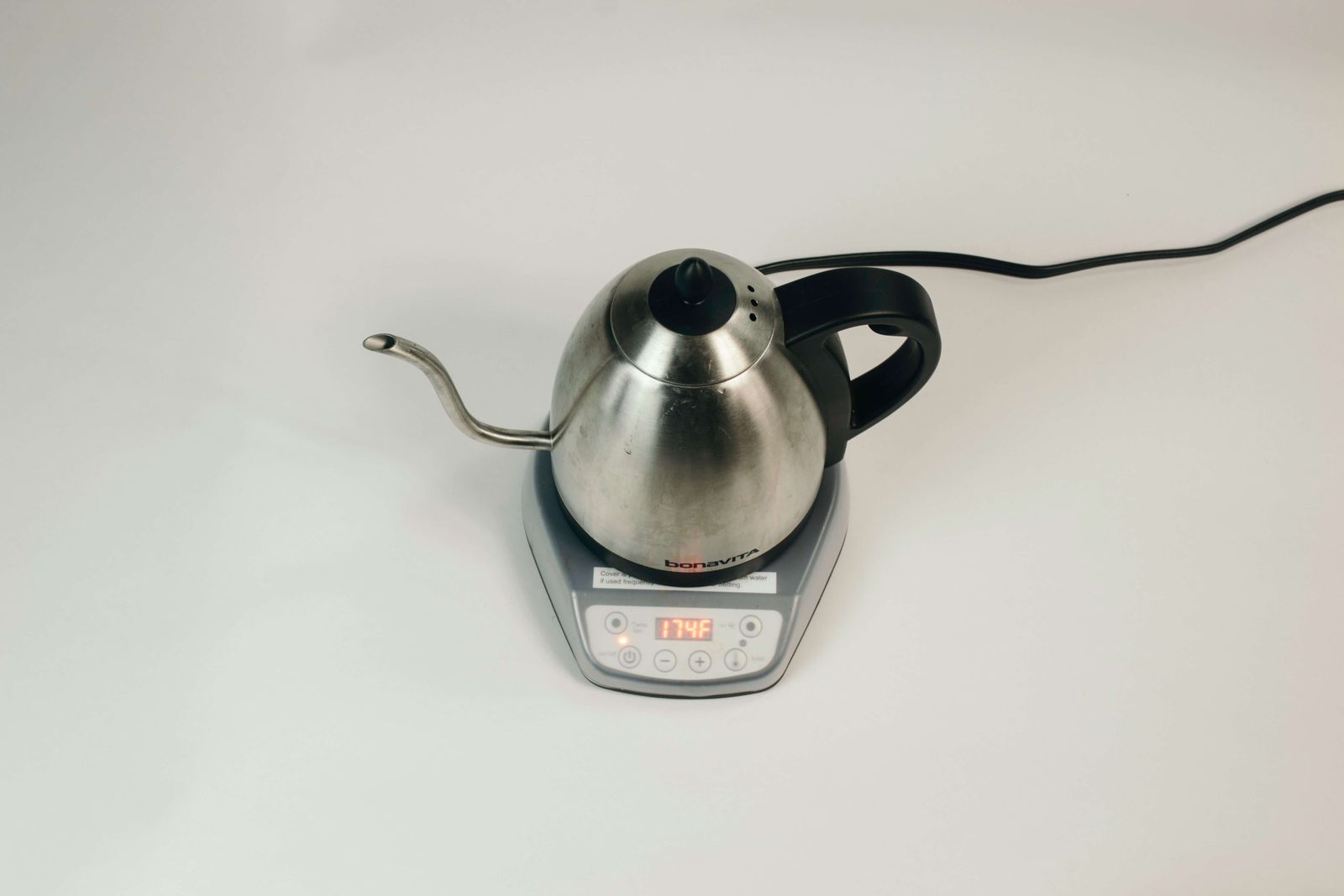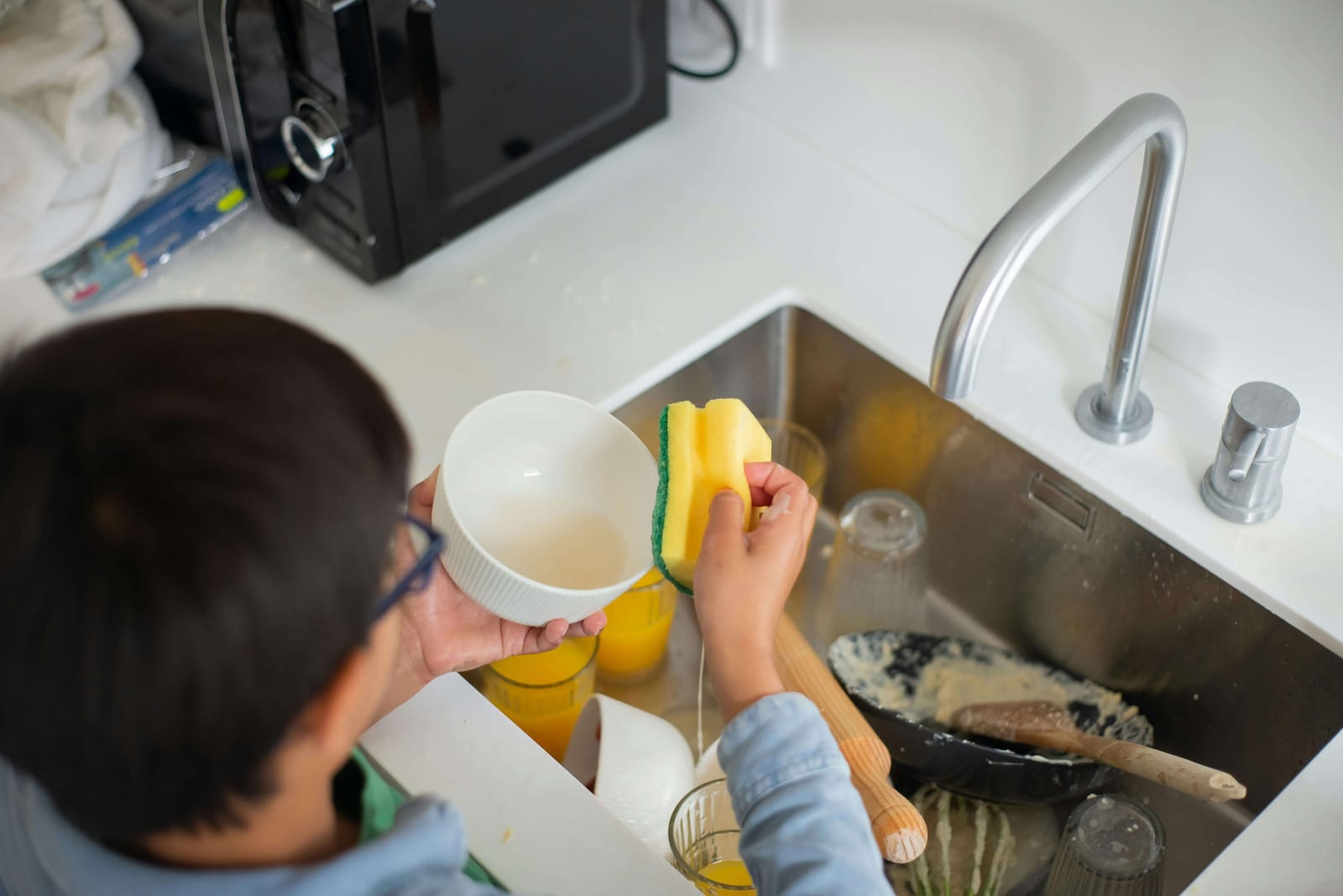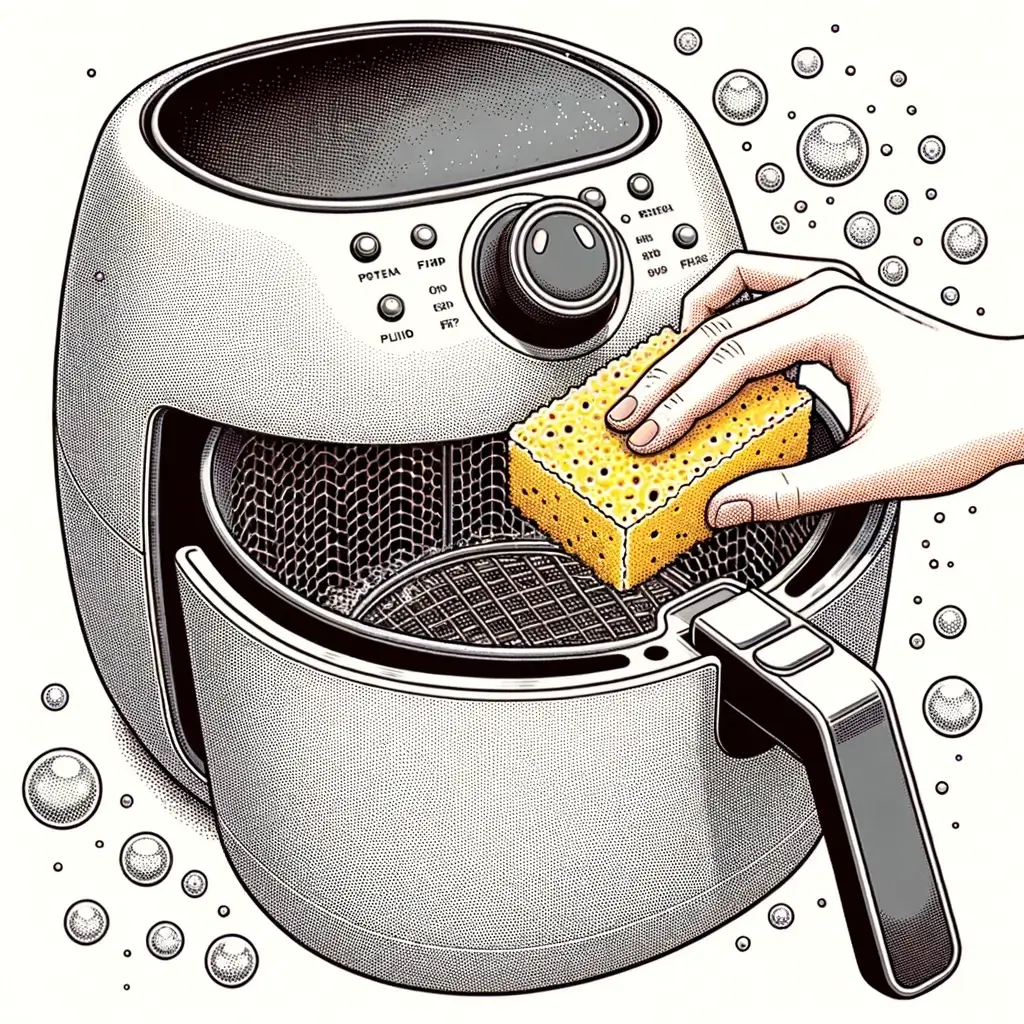A gooseneck kettle, a name derived from its distinct, long, curved spout, is more than just an aesthetically pleasing piece of kitchenware.
For coffee enthusiasts and tea connoisseurs, it's a game-changer. Its design—specifically engineered for precision—can drastically enhance your brewing experience.
But what makes it so special?
What's the science behind it?
Jump To
- The Science of Heating
- The Art of Pouring
- Improving Your Brew
- Frequently Asked Questions
- Conclusion
- Further Reading
The Science of Heating
In order to fully appreciate the efficiency and utility of gooseneck kettles, one needs to examine their material composition.
Copper and stainless steel, the materials predominantly used to manufacture these kettles, are renowned for their excellent thermal conductivity.
This property ensures that they absorb heat quickly and spread it evenly across the kettle's base and sides. It reduces the time it takes to bring your water to the desired temperature and ensures that heat is distributed evenly for optimal brewing.
What does this mean for your cup of coffee or tea? Simply put a uniform temperature results in a more consistent extraction, enhancing the flavors and aromas of your chosen brew.
Whether you opt for an electric or stovetop kettle, this principle remains the same. However, the advantages they each offer can vary.
Electric gooseneck kettles often feature integrated thermostats, allowing for precise temperature control. This is particularly useful when brewing specialty coffees or delicate teas, often requiring a specific temperature to extract their full flavor profile.
Stovetop models compensate with their versatility while lacking this precise temperature control. They can be used on a variety of heat sources, including gas, electric, and induction stovetops, and offer a more tactile, hands-on brewing experience.
To optimize your use of a gooseneck kettle, it's crucial to understand these heating dynamics. Recognizing how your kettle conducts and distributes heat and how this impacts your brewing is key to achieving the perfect cup.
The Art of Pouring
The standout feature of a gooseneck kettle is, of course, its long, curved spout. This design isn't merely for show—it ensures a slow, steady pour, providing unparalleled control over the flow of water. This level of control is particularly beneficial for brewing methods that require precision, such as pour-over coffee.
In pour-over brewing, the speed and direction of the water can significantly impact the extraction process.
Too fast, and the water may not have enough contact time with the coffee grounds or tea leaves.
Too slow, and it may result in over-extraction. The gooseneck kettle balances these extremes, ensuring a consistent, perfect brew each time.
Improving Your Brew
By understanding and implementing the precise heating and pouring techniques a gooseneck kettle offers, you can revolutionize your everyday coffee or tea brewing routine.
Controlling the water temperature and flow rate helps you extract your brew's full potential, offering a balanced, rich, and flavorful beverage.
Different types of coffee and tea require different temperatures for optimal extraction.
With the precise heating control of a gooseneck kettle, you can ensure that your brew never tastes burnt or under-extracted. Combine this with the controlled pour, and you unlock the ability to distribute water evenly over your coffee grounds or tea leaves, promoting a uniform extraction and, ultimately, a better cup of brew.
Frequently Asked Questions
Why does the pouring technique matter for brewing coffee/tea?
The pouring technique plays a significant role because it affects the rate of extraction. A slow, steady pour ensures that water can extract flavors from the coffee grounds or tea leaves evenly, leading to a well-balanced cup. A gooseneck kettle's spout provides this level of control, making it ideal for pour-over methods.
What is the difference in heat distribution between electric and stovetop kettles?
While the material of the kettle primarily determines heat distribution, the heat source can also influence it. Electric kettles heat water more quickly and sometimes more evenly due to their built-in heating elements.
In contrast, stovetop kettles rely on the heat from the stove, leading to slightly less uniform heat distribution. However, the difference is often minor and won't significantly impact your brewing process.
Conclusion
By embracing the science behind a gooseneck kettle's heating and pouring mechanisms, you can add a touch of precision to your brewing process that ultimately delivers a superior beverage.
A gooseneck kettle isn't just a tool—it's a way to transform your daily brewing routine into a gourmet coffee or tea experience.
Further Reading
- Brew Mastery: Effective Techniques for Using a Gooseneck Kettle - Expand your brewing skills with these specific gooseneck kettle techniques.
- Gooseneck Kettles: The Historical Journey & Cultural Influence - Discover how gooseneck kettles have shaped and been shaped by coffee and tea cultures worldwide.
- 6 Reasons You Need a Gooseneck Kettle for Pour Over Coffee by Rogue Wave Coffee Roasters - For further reading on the benefits of gooseneck kettles.



